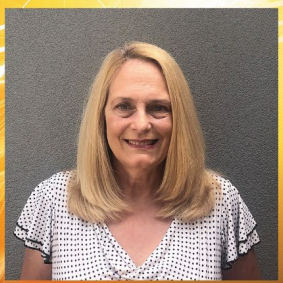To Ignition and Beyond
To Ignition and Beyond
The seminar will be conducted in person and simulcast via Zoom.
Passcode: MIPSE
Date and Time
Location
Hosts
Registration
-
 Add Event to Calendar
Add Event to Calendar
Speakers
Dr. Denise Hinkel of Lawrence Livermore National Laboratory
To Ignition and Beyond
The National Ignition Facility (NIF) at Lawrence Livermore National Laboratory is the world’s most energetic laser now
capable of providing 2.2 MJ of laser light at 351 nm to the target chamber. The primary goal of NIF is to demonstrate
fusion ignition (and then as high-as-possible yield), an unprecedented proof-of-principle. On August 8, 2021, fusion
ignition was demonstrated at NIF according to several ignition metrics. This was achieved using the indirectly driven
laser fusion concept, where laser light is converted to x-rays upon striking the interior of a high-Z cavity, creating a radiation oven for a capsule comprised of heavy hydrogen fuel (which when driven to appropriate conditions undergoes fusion) surrounded by an ablator. The experiment, N210808, burned about 2% of the fuel, using 1.9 MJ of laser energy and producing 1.37 MJ of fusion yield. Repeat experiments
showed variability to unintentional degradations such as capsule quality and low mode asymmetries, and so, to enhance
robustness, a larger capsule was fielded, using 7% more laser energy, i.e., 2.05 MJ. This experiment (N221204), and its repeat (N230729), achieved 3.15 and 3.88 MJ of fusion yield, or a target gain of 1.5 -1.9, burning up to 5% of the fuel. This presentation reviews background material and guiding principles, as well as important lessons learned. Additionally, the challenges that lie ahead of the national inertial confinement fusion program will be outlined.
Biography:
Dr. Denise Hinkel is a physicist at Lawrence Livermore National Lab and serves as
Modeling Lead for the Inertial Confinement Fusion (ICF) Program as well as Associate Division Leader for
ICF and High Energy Density Physics (HED) in the Design Physics Division. She is also technical coordinator
of a special program. Denise’s expertise spans theoretical analyses to massively parallel computing, basic
plasma physics to reduced model descriptions and design and analysis of laser-based experiments using
radiation-hydrodynamics simulations. She applied her design expertise to a series of NIF shots known as
the “High Foot”, where for the first time the energy released in fusion reactions exceeded the energy used
to compress the fuel. Denise has served as the point-of-contact for Laboratory Directed Research and
Development, managing the portfolio and developing strategic plans with her directorate and institution.
Denise received the MS and PhD in Physics from UCLA and became Fellow of the American Physical Society
(APS) in 2007. In 2022, she served as Chair of the APS Division of Plasma Physics. She has received multiple
awards, has provided physics outreach to students of all ages, and has served on many review committees.
An IEEE Southeastern Michigan Section event. All are welcome. Consider becoming an IEEE member if such similar events are of professional/academic interest to you


